Short Haired dogs & Pugs
1500s

House of Nassau-Orange, who brought pugs to Europe and popularized them among the noble classes.
Engraving, ca. 1628 - 1629. Claes Jansz Visscher. Krannert Art Museum.

Detail. Typical pug dog with a short muzzle and curled tail.
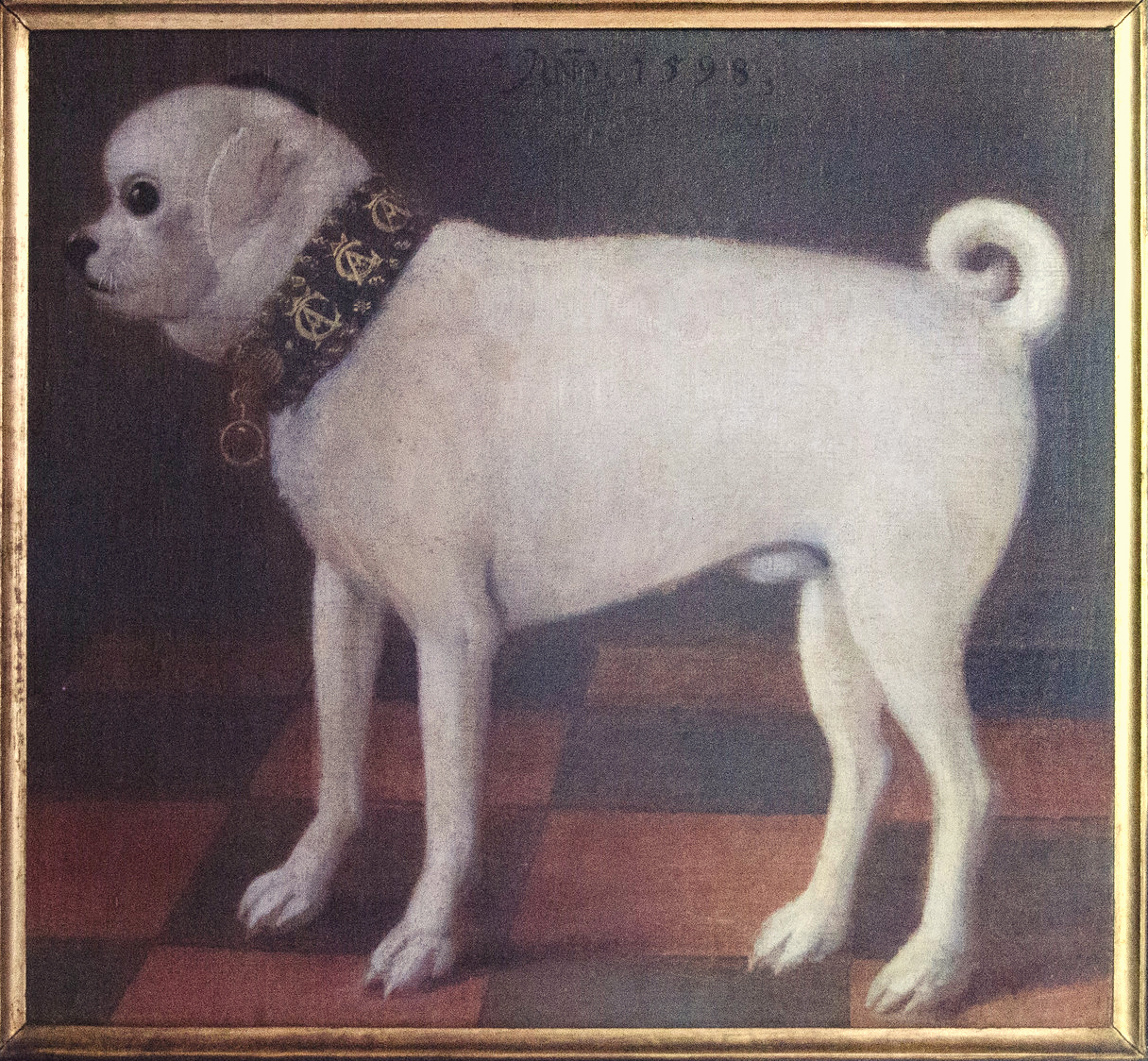
Painting of Pug in Christian IVs writing room, 1598, unknown painter, Rosenborg Castle, Denmark.
1600s
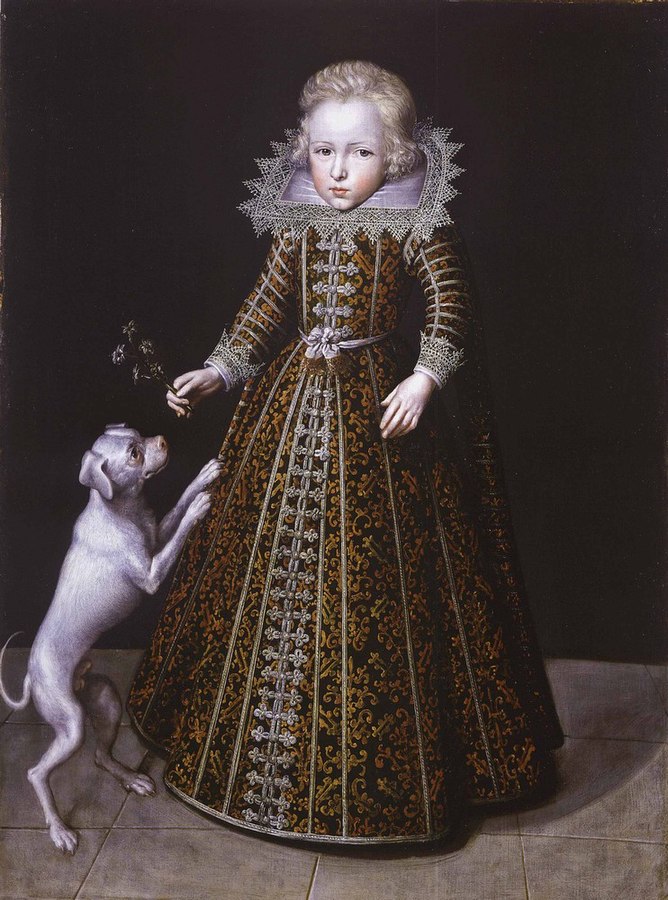
“Ulrik Prince of Denmark”, 1615, Jakob van Doort, Rosenborg Castle, Denmark.
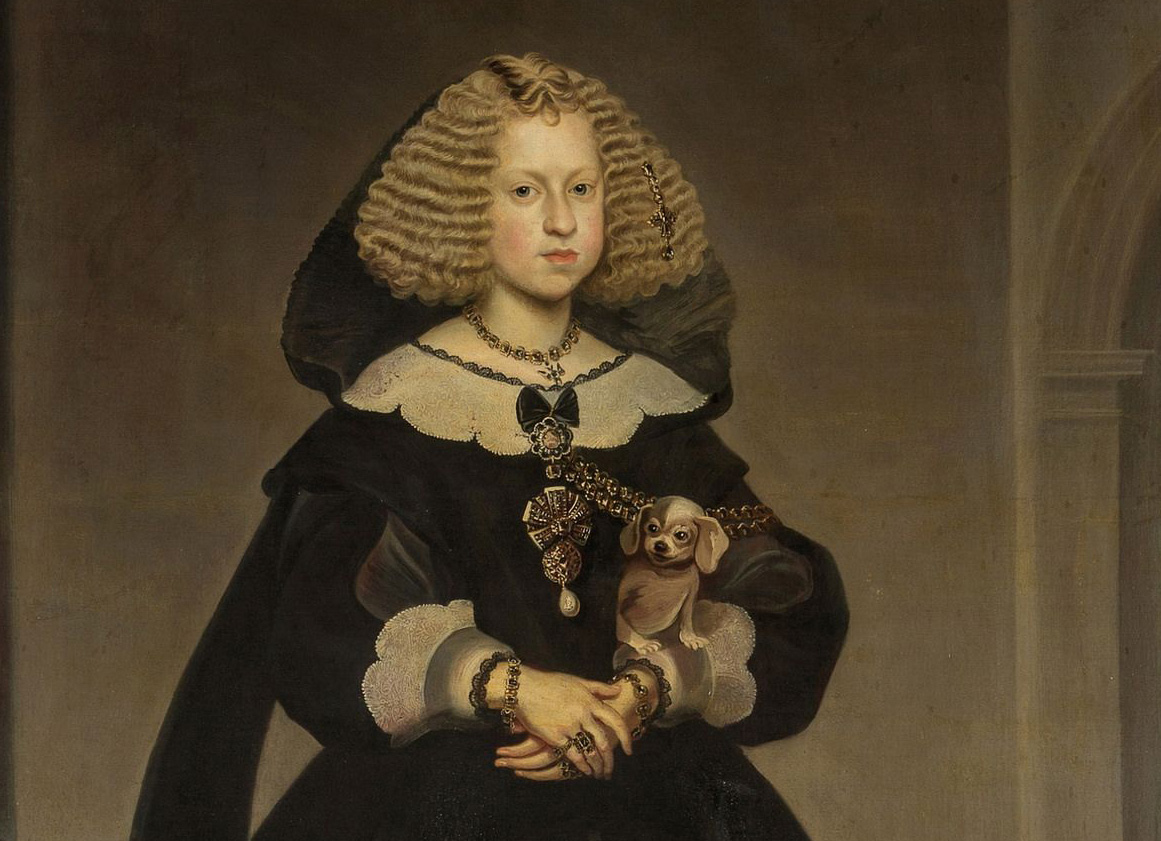
Detail from "Mariana de Austria", 1650, Frans Luycks, The Spanish Embassy in Paris, France.
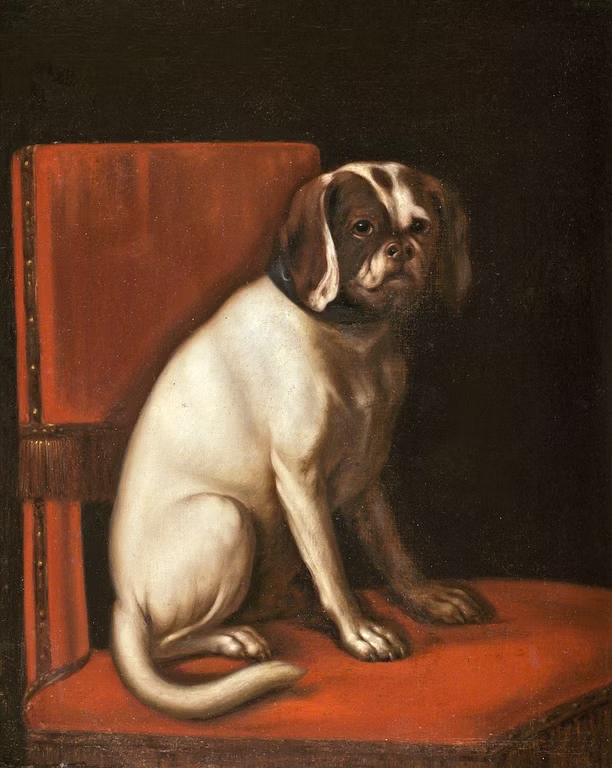
"The Pug Busse", 17th century, David Klöcker Ehrenstral, Östergötlands länsmuseum, Sweden.
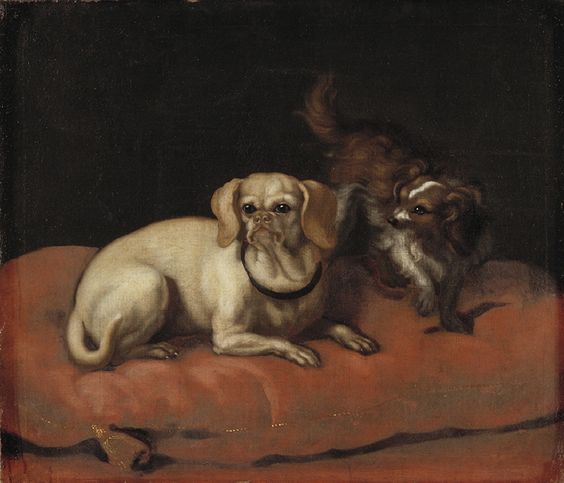
“Two dogs”, 17th century, David Klöcker Ehrenstral,
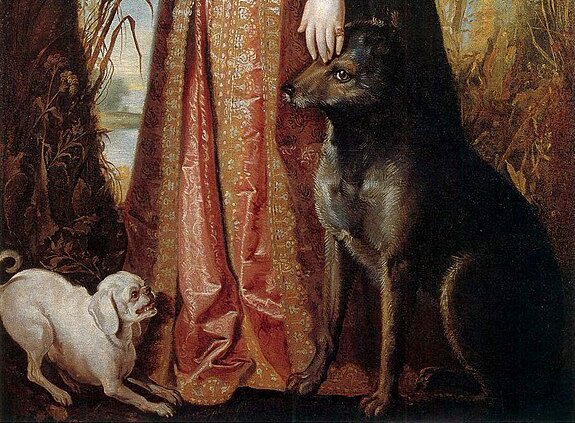
Detail from "Portrait of Leonora Christina", 1621, Karel van Mander, Frederiksborg Museum, Denmark

Detail from “Ulrik Christian Gyldenløve”, 1645, Abraham Wuchters, The National Gallery, Denmark.
1700s
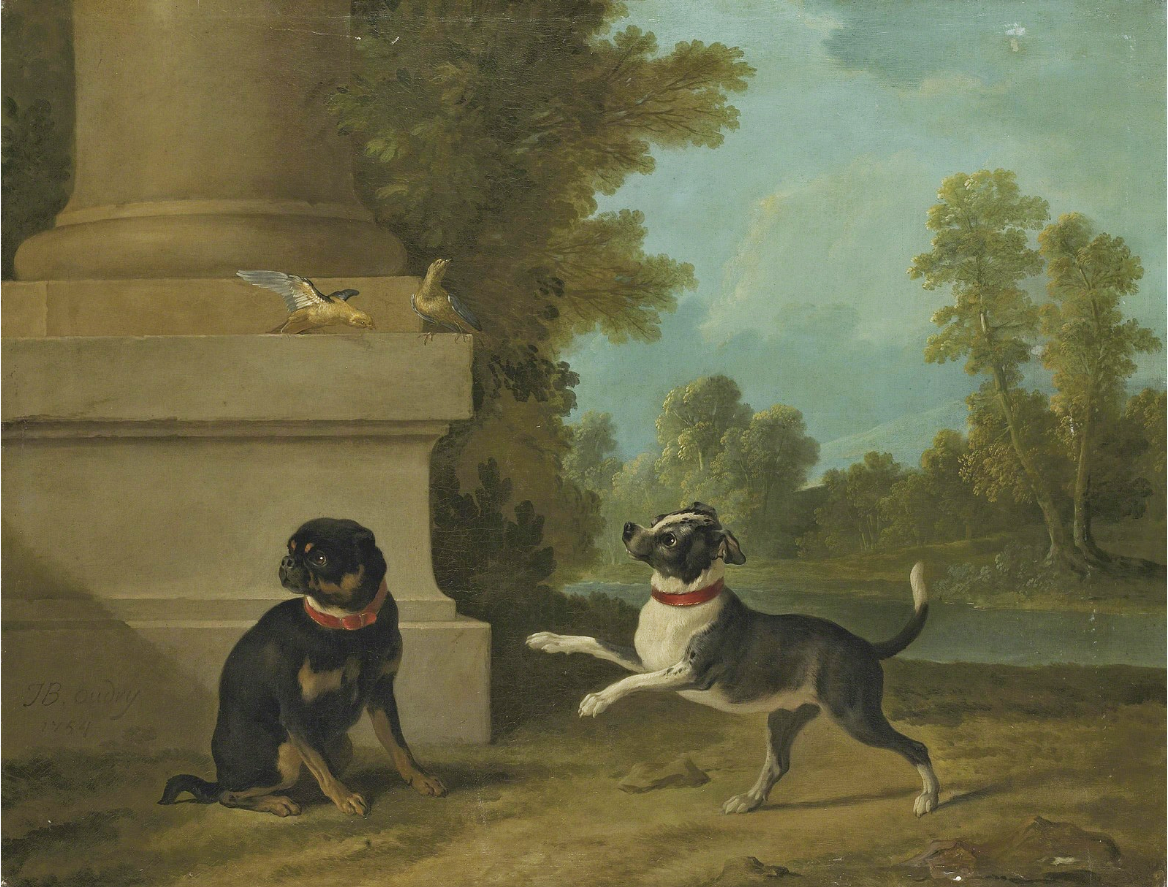
"Dogs playing with birds in a park", 1754, Jean Baptiste Oudry, Château de Dampierre, France

Un carlin et deux gris perroquets africain, dans un paysage”, Christophe Huet II
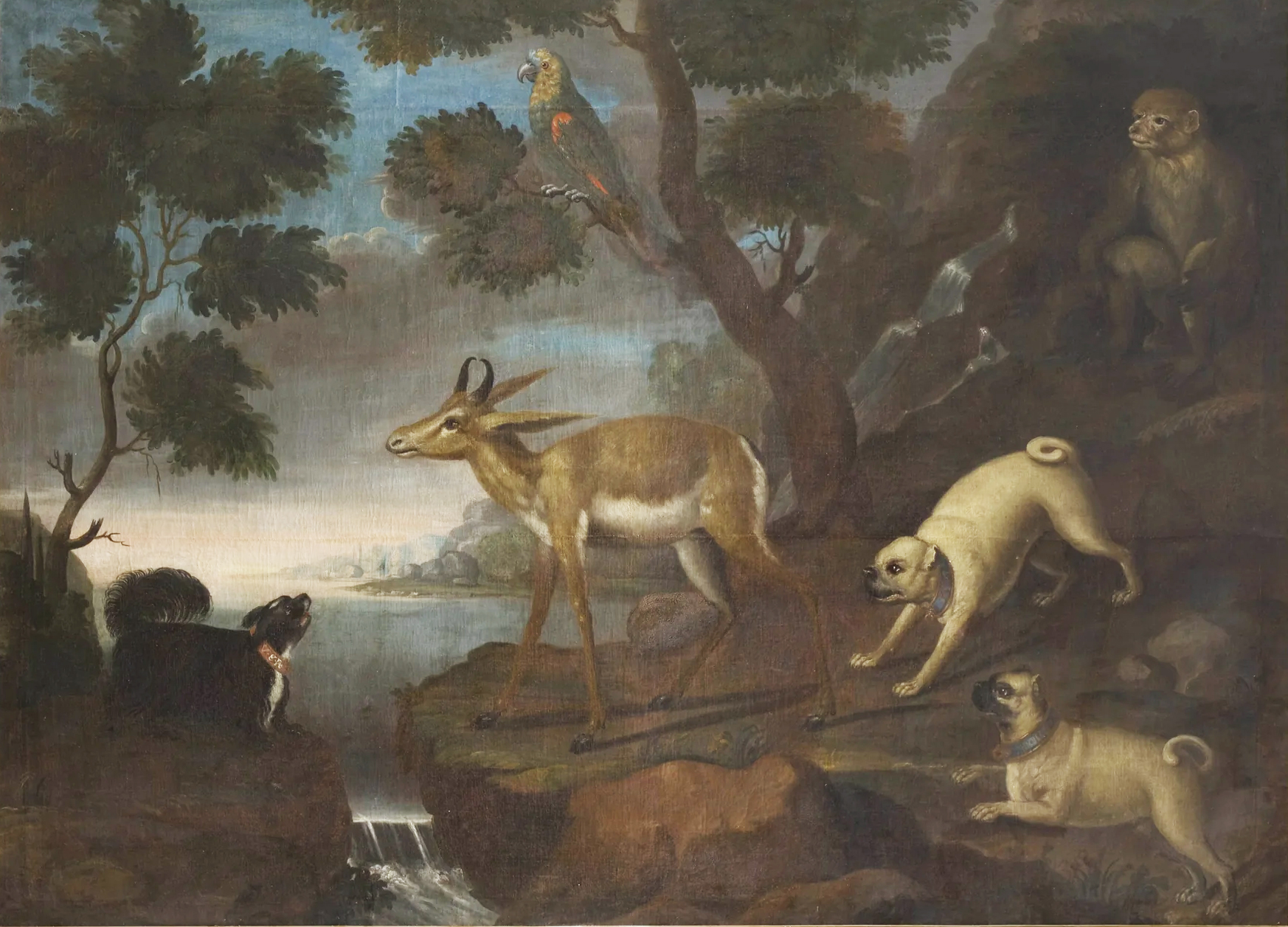
“Bengal deer persecuted by Pugs”, early 1700s, David Kock, Nationalmuseum Stockholm, Sweden
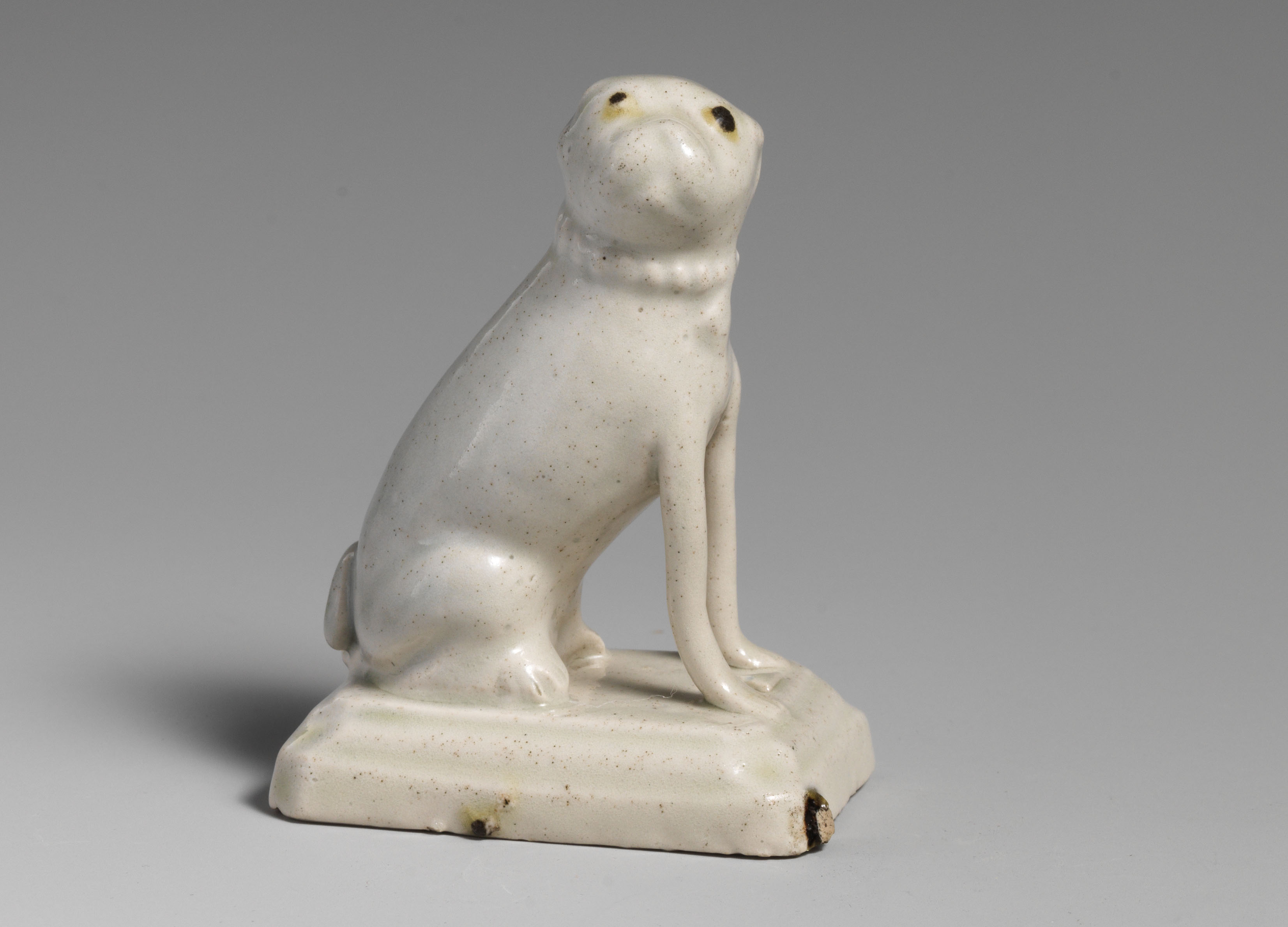
"Pug Dog", 1720-1740, glazed stoneware.
Met Museum of Art, NY, USA.
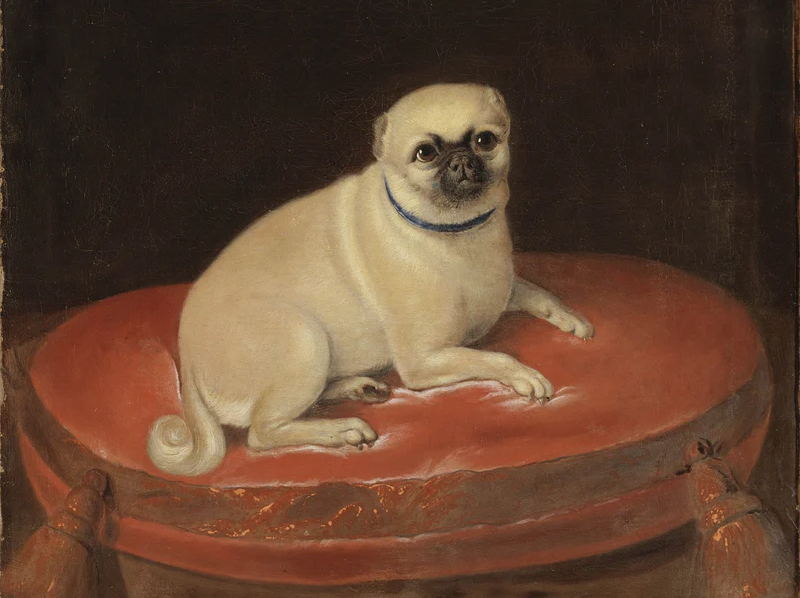
“A pug”, 1730-1731, unknown painter, Nationalmuseum Stockholm, Sweden

“Un Carlin paré d’un ruban rouge” (a pug with a red ribbon), 1730, Jean-Baptiste Oudry

"A Woman With A Dog", 1740s, Giacomo Ceruti.
Met Museum of Art, NY, USA.

"The Small Dog Standing on Hind Legs", 1741-1763, etching by John Ingram after drawing by François Boucher.
Met Museum of Art, NY, USA.
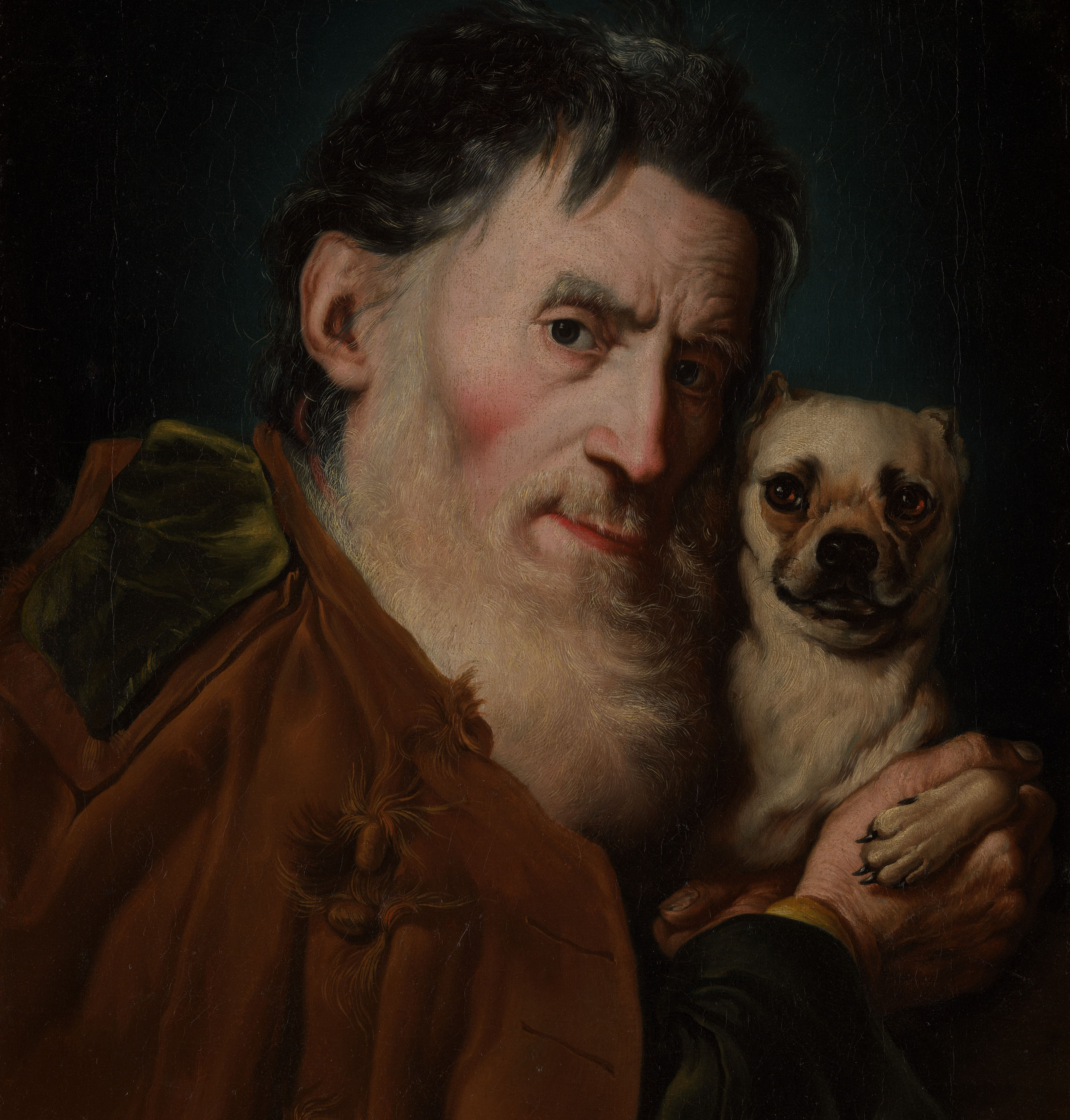
"An Old Man with a Dog", 1740s, Giacomo Ceruti.
Met Museum of Art, NY, USA.

“Portrait of a Woman and her Dog", 1750, Jean-Marc Nattier, The Walters Art Museum, Baltimore

Detail from "Doña María Ana de Pontejos y Sandoval", 1786, Francisco Goya, National Gallery of Art, Washington D. C.

"A pug", 1780, Thomas Gainsborough, Private Collection
1800s
"Two pugs confronting a cat”, Horatio Henry Couldery